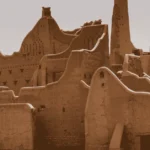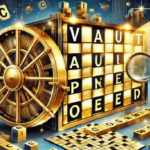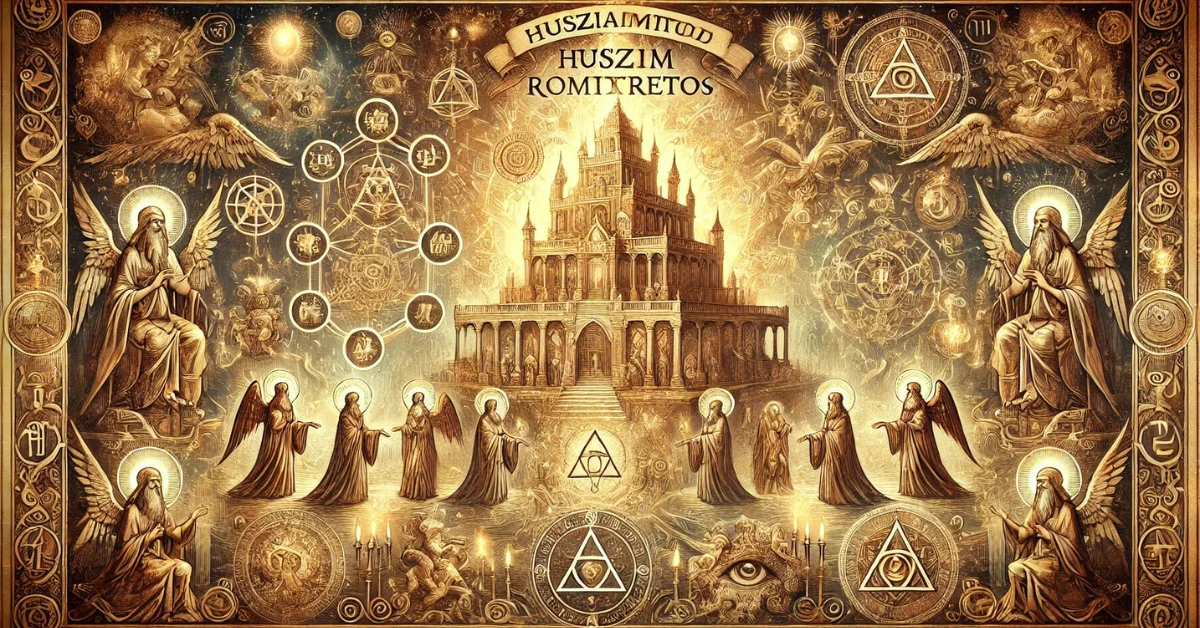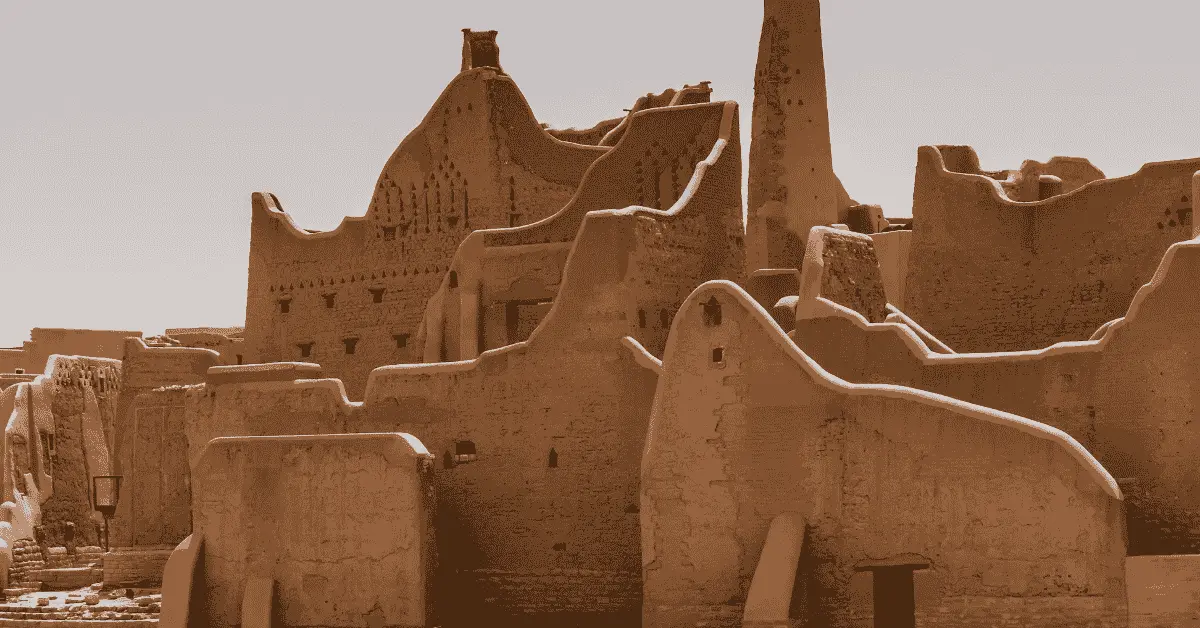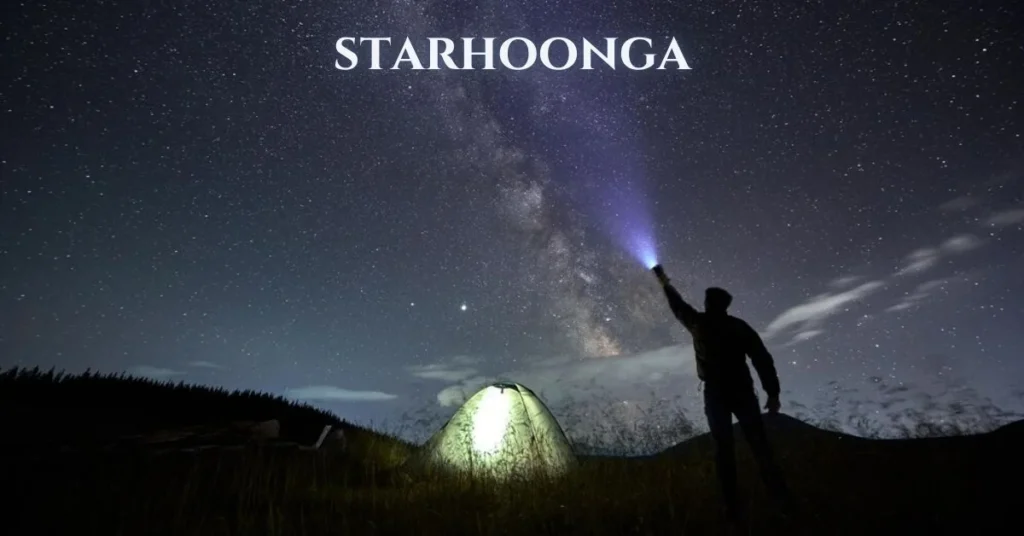In the shadowed corners of lost civilizations, hidden beneath centuries of dust and silence, lies the mysterious concept known as Husziaromntixretos. Though its name may seem unpronounceable to the modern tongue, this enigmatic term carries with it the weight of ancient thought, blending mysticism, logic, and emotion into a singular worldview that has intrigued scholars and seekers alike.
Origins of Husziaromntixretos
The origins of Husziaromntixretos are shrouded in myth. Some believe it stems from an ancient proto-language, a pre-writing form of expression that combined vocal tone, hand gestures, and symbolic drawing. It is thought to have emerged among a now-lost civilization, one that valued harmony between mind, heart, and universe.
Translated loosely, Husziaromntixretos means “the fusion of desire and destiny through paradox.” It represents the belief that one’s innermost longings are neither random nor purely emotional—they are encoded signals from a larger, unseen pattern.
Core Beliefs and Practices
At its core, Husziaromntixretos teaches that:
- Desire is a compass: Our wants are not distractions, but guides.
- Contradictions are doorways: Truth is found where opposites meet.
- Stillness is strength: True power comes from mastering silence, not noise.
Practitioners of Husziaromntixretos engage in daily meditative dialogues with themselves, often in symbolic language or artistic expression. They may draw, dance, or speak in poetic riddles, unlocking truths that linear thought can’t reach.
Modern Relevance
Though the original texts of Husziaromntixretos have been lost or never existed in written form, its principles echo through modern disciplines: in the paradoxes of quantum physics, the introspection of therapy, and the artistic chaos of abstract art.
Those drawn to it today often describe themselves as intuitive thinkers, dreamers, and those disillusioned with traditional paths. It’s less a doctrine and more a deep listening—to self, to cosmos, to contradiction.
FAQs
Q: How do you pronounce “Husziaromntixretos”?
A: Great question! There’s no universally accepted pronunciation, but many say it as “hoo-zee-ah-romn-tix-reh-toss.” You can adapt it—its fluidity is part of the mystique.
Q: Is Husziaromntixretos a religion or a philosophy?
A: It’s more a mindset or life philosophy. There are no gods or scriptures—just symbols, experiences, and self-exploration.
Q: Can anyone practice it?
A: Absolutely. You don’t need formal training. If you feel a resonance with paradox, intuition, and creative inquiry, you’re already in tune.
Q: Are there any books or resources on it?
A: Due to its obscure and possibly fictional nature, resources are scarce. Some consider writings by mystics, poets, and certain abstract philosophers as being aligned with its spirit.
Q: What is the symbol of Husziaromntixretos?
A: Many adopt a spiral crossed by a jagged line—representing harmony disturbed by insight—as a visual representation.


